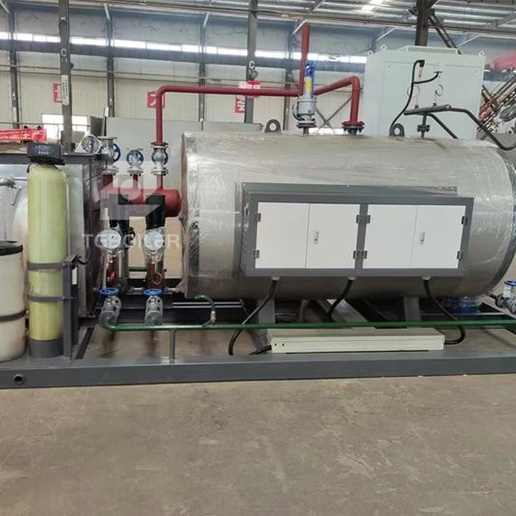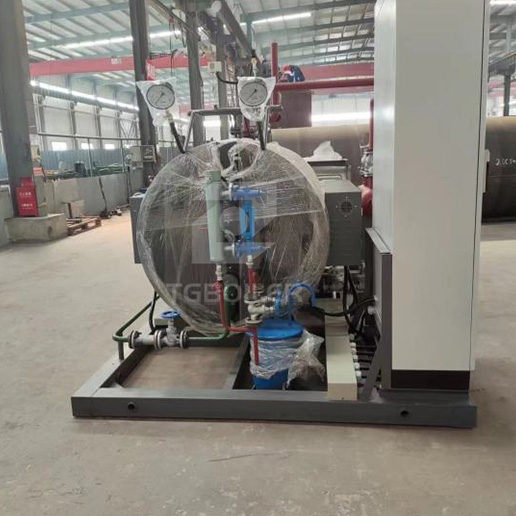Time: 2025-08-14 Click: 131 seen
During the operation of electric heating boilers, it is necessary to deal with complex situations such as temperature and pressure changes. Safety protection devices act as reliable “guards” effectively reducing potential risks and ensuring stable equipment operation.
The over-temperature protection device is one of the most important protection features of the boiler. When the temperature of the medium inside the boiler exceeds the set threshold, the device responds quickly to cut off the power supply to the electric heating elements or activate the cooling system, preventing further temperature increases. Over-temperature protection devices typically consist of temperature sensors and control modules, with the former continuously monitoring temperature and the latter triggering protective actions based on the data.
Pressure protection is particularly critical for steam boilers. Pressure sensors continuously monitor internal pressure. If pressure becomes excessively high, safety valves automatically open to rapidly release steam, maintaining pressure within safe limits. Concurrently, pressure switches activate the control system to cease heating or initiate pressure relief procedures.
Low-water protection devices prevent the risk of dry burning. When the boiler water level drops below the specified limit, the device immediately cuts off the power supply to prevent the heating elements from operating without water, effectively avoiding equipment damage or even safety incidents. Additionally, leakage protection devices are indispensable, as they detect abnormal currents in the circuit. Upon detecting a leakage, they swiftly cut off the power supply to ensure the safety of operators.
These safety protection devices each fulfill their respective functions and work in tandem to form a comprehensive safety protection network for electric heating boilers, establishing a robust barrier to ensure stable equipment operation and personnel safety.

